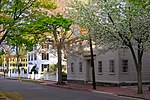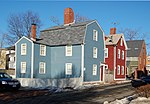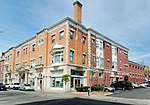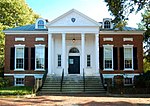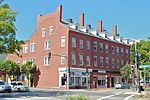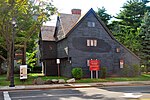Gedney and Cox Houses
1665 establishments in the Massachusetts Bay ColonyHistoric New EnglandHistoric house museums in MassachusettsHouses completed in 1665Houses in Salem, Massachusetts ... and 4 more
Houses on the National Register of Historic Places in Essex County, MassachusettsMuseums in Salem, MassachusettsNational Register of Historic Places in Salem, MassachusettsProtected areas of Massachusetts
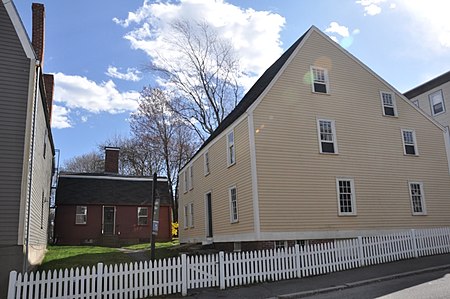
The Gedney and Cox Houses are historic houses at 21 High Street in Salem, Massachusetts. The earliest part of the Gedney House was built c. 1665, and the houses were added to the National Register of Historic Places in 1974. They are owned by Historic New England, which offers limited tours.
Excerpt from the Wikipedia article Gedney and Cox Houses (License: CC BY-SA 3.0, Authors, Images).Gedney and Cox Houses
Summer Street, Salem
Geographical coordinates (GPS) Address Nearby Places Show on map
Geographical coordinates (GPS)
| Latitude | Longitude |
|---|---|
| N 42.518333333333 ° | E -70.898055555556 ° |
Address
Broad Street Cemetery
Summer Street
01970 Salem
Massachusetts, United States
Open on Google Maps
